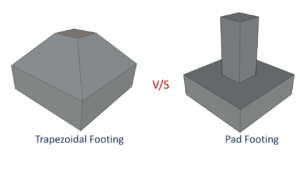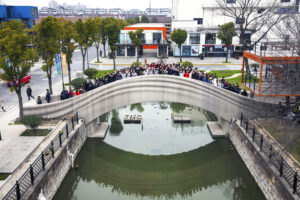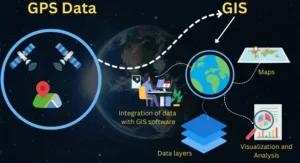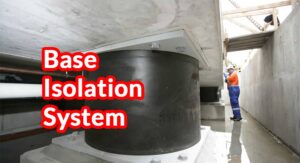
Differences between Slab Culvert and Box Culvert

A totally enclosed (by ground/soil) tunnel structure that provides a passage (for vehicles, pedestrians, and animals) over small bodies of running water or physical obstructions, is called a culvert.
Slab culvert and box culvert are two different types of culverts. To choose between these two culverts an engineer must know the differences between them. The main differences between slab culvert and box culvert are given below.
| Box Culvert | Slab Culvert |
|---|---|
| Box culverts are four-sided rectangular structures, the lower side pressed into the ground below, the top serving as the roadway and the lateral sides supported by the soil on either side of the obstruction. | Slab Culvert, also known as bridge culverts, can be three-sided, or simply a deck slab embedded in the soil on either side, providing a bridge over the distance. |
| A box culvert may be constructed with a single box, or multiple box cells placed side by side. | Usually, a series of slabs are laid to form a bridge-like structure, and a pavement surface is placed on top to serve as the road. |
| Standard design: ASTM C 1433 | Standard design: ASTM C 1504 |
| Velocity of flowing water might change because of the bottom slab. | Slab culverts do not have bottom slabs, so natural flow of water is maintained and natural bottom substrate remains intact. |
| The sharp corners of the box-shaped slabs make it unsuitable for vehicles running at high velocity. | Slab culverts possess no sharp corners to affect the safety of high-velocity vehicles. |
| Box culvert is required for purposes which require artificial flooring. | Slab Culverts can replace box culverts if no artificial flooring is necessary. |
| It can be used for rainwater disposal and drainage, hence it might not have used in dry seasons. | It provides a crossing over small streams and physical obstructions. |




